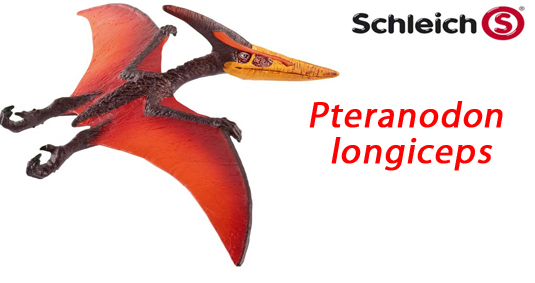The Mystery over Pterodactyls – The Pterosaurs is Solved
The Mystery over the Pterodactyls
Growing up enthusing over dinosaurs and other prehistoric animals I recall referring to flying reptiles using the generic name pterodactyls (means wing finger). Unless my memory is playing tricks again there was a Doctor Who episode which featured pterodactyls and these animals must have appeared in more television shows and feature films. The word pterodactyl seems to have entered our consciousness and become synonymous with any flying reptile. Pterodactyl is still used by many people to describe flying reptiles, many children who astound us with their knowledge about dinosaurs still use the term pterodactyl when referring to pterosaurs (means wing lizards).
Scientists still have a great deal to learn about these amazing flying creatures, due to their delicate skeletons we have relatively few decent fossils and there is a lot we don’t know about these animals. For example, palaeontologists debate just how these animals flew, did they glide or were they very proficient fliers. In many pterosaurs the presence of a head crest raises lots of questions as does determining how these animals moved on land, how they roosted, what they ate and so on. Were these animals covered in fur? Could they have been warm blooded? We have so much more to learn.
Pterosaurs
What fascinates me is how the term pterodactyl seems to have become the byword for all flying reptiles, when in fact they should be referred to as pterosaurs. Somehow pterodactyl is still the preferred way to describe these animals in popular science. I am puzzled as to how this has occurred. Scientists postulate on all sorts of issues related to these flying creatures that shared the world of the dinosaurs for more than 150 million years, for me the puzzle that perplexes me most is how did the word pterodactyl become so well known.
A typical flying reptile – a pterosaur (Pteranodon longiceps), part of the Everything Dinosaur range of prehistoric animal models: Everything Dinosaur – Pterosaur Models and Pterosaur Toys.
In fact, Everything Dinosaur stocks a huge range of pterosaur models and models of flying reptiles.
I have two theories;
Firstly, there is a group of pterosaurs called pterodactyls, they are essentially short-tailed pterosaurs. One particular genus is called Pterodactylus, remains have been found in Germany, France, England and in Tanzania. This fossil of this animal (I think the original German fossil), was reviewed in 1784. This is the earliest record I have of a pterosaur being mentioned in scientific papers. This animal was one of the first pterosaurs to be discovered. As it was prominent in the minds of the European scientific community which was leading the way with the new science of palaeontology in the 18th and 19th centuries, maybe the name just stuck.
Secondly, pterosaurs have a unique way of locomotion through air. On studying the wing bones of flying reptiles scientists noted that a portion of the pterosaur wing was supported by normal arm bones and the rest of the wing was supported by a single, elongated finger. The fact that a significant proportion of all pterosaurs wings are supported by a very long finger gave rise to their common name – pterodactyls or “wing fingers”.
However, it came about it is certainly true that many children (and their Mums and Dads) still refer to pterosaurs as pterodactyls. We do our best to explain their technical error and to point out that latest fossil trackway evidence from Texas indicates that at the end of the Cretaceous some species of pterosaur could have had wingspans in excess of ten metres.
Sadly, since flying reptiles would have led an arboreal existence (up in the trees), many pterosaurs would have lived in forests and woodland. Animals living in these environments are less likely to encounter the conditions that will allow fossilisation (try looking for Panda fossils), and as such, it is likely that we may never find the remains of many genera of pterosaurs. They will remain unknown to science and gone forever.
Amazing!


